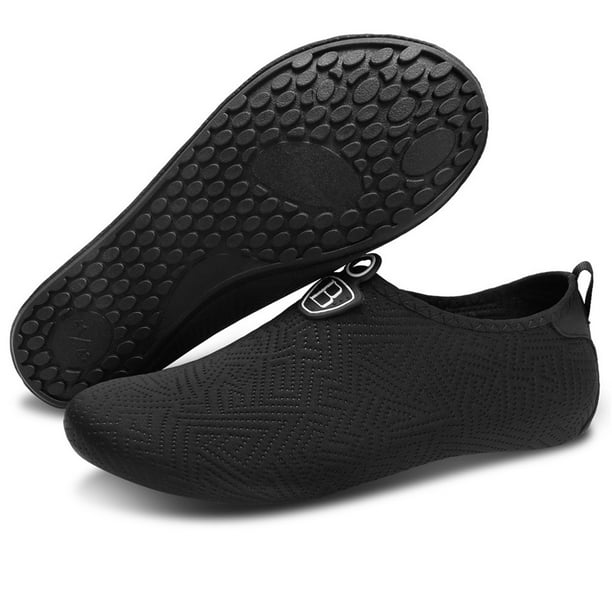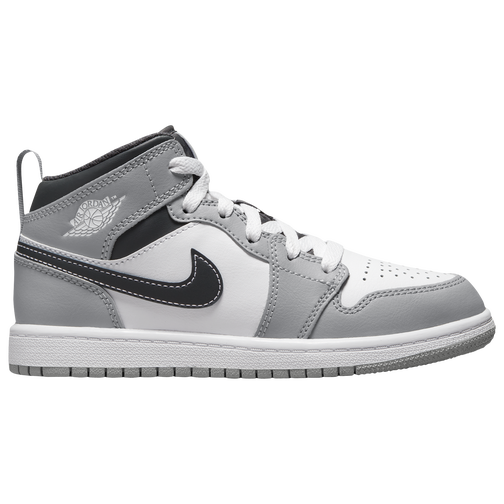how to convert eu shoe size to us
The difference between US shoe sizes (also called American size) and European shoe sizes is not constant,
Image source: https://pinterest.com/
but varies by manufacturer or country to country, with differences of up to a size or two between the continents in either direction sometimes being found on the same label (Euro 40/US 7, for example).
Image source: https://www.amazon.com/
This is why I created a table to convert between US, European, and other worldwide shoe and other size systems (S, M, L) all in one simple table.
Image source: https://www.dsw.com/
The left column converts between the 2 main shoe sizes in the US (listed in inches) and European (listed in millimeters).
Image source: https://www.ebay.com/
The right column converts between most other worldwide shoe sizes. One thing to note: While there are a few exceptions to the system of round equivalents used here, they
Image source: https://www.target.com/
The reason we call them (North American, British, Irish, etc.) shoe size"s" is because of the way their feet are measured in the 19th century: They were compared to a piece of wood they called the "standard ruler".
Image source: https://www.walmart.com/
To buy shoes you had to measure your feet and then have them cut to the right length. This meant that you had a "footed" standard ruler (what I'm calling "rod") of what your foot should be.
Image source: https://www.macys.com/
The rod was made from wood, so it was bendy if you wanted to squeeze your foot into a shoe you had to pick up.
Image source: https://www.adidas.com/
When measuring your feet this way, the rod was placed in your shoe and your measurement (in inches) told you how many shoes you were allowed to buy.
Image source: https://www.vans.com/
According to a local cobbler in Brussels (who has been studying shoemaking since he was 16):
There is not really a conversion formula. The US have fixed standard sizes, while there is no such thing in Europe or anywhere else on the planet.
Image source: https://www.asics.com/
Shoe sizes depend on the manufacturer and the country they are sold in (but even there it can vary!).
Image source: https://www.footlocker.com/
Shoe sizes are proportional to the size of the foot. In other words they increase in size by a certain increment depending on how big or small you feet are.
Image source: https://www.newbalance.com/
In Europe, shoe sizes are calculated by adding the length of certain parts of the foot and subtracting 0.5 centimetres.
Image source: https://www.amazon.com/
This is also how Chinese shoe sizes work but as it depends on individual brands, I will not start a discussion about that here.
Image source: https://www.target.com/
The US have fixed standard sizes for men and women [1], where men normally have bigger feet than women (based on models used for research). Consequently men's shoes can be more difficult to find if you do not fit the criteria .














Comments
Post a Comment